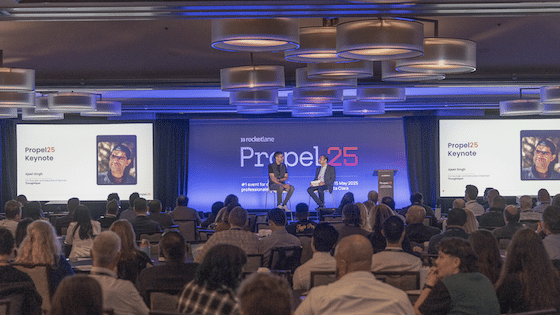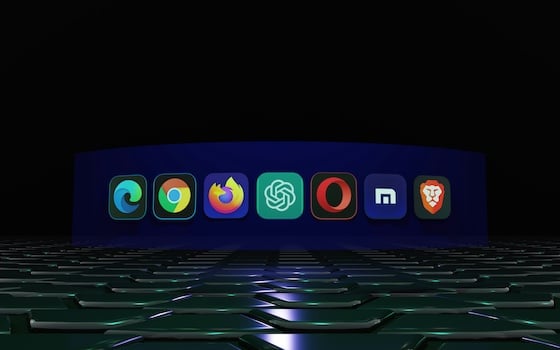T-Mobile recently announced that it entered into a definitive agreement to acquire Vistar Media. For those unfamiliar, Vistar is a formidable ad network and ad tech player in the digital out-of-home (DOOH) realm. This diversifies T-Mobile’s revenue mix and achieves some synergies with its core business.
Taking those one at a time, the revenue diversification play can be seen in Vistar’s success as a digital ad network. That includes access to 1.1 million digital screens in a network of 370 DOOH media owners (supply). It also works with more than 3,000 brand advertisers to place their ads (demand).
As for synergies and integrations with other business units of T-Mobile, Vistar’s ad tech can optimize the ad placements T-Mobile provisions in its many properties. That includes its mobile devices, software, and other media interactions with consumers. It’s all about better monetizing those touchpoints.
Proximate Signals
Synergies likewise flow in the other direction. T-Mobile can elevate Vistar’s capabilities through various integrations. For example, T-Mobile has reams of first-party data on its mobile users, such as their consumption patterns and geospatial movement. This can elevate Vistar’s ad targeting and attribution.
For example, one of the challenges in DOOH is analytics. Knowing what impressions occurred and how effective they are isn’t as easy as mobile marketing where the path-to-purchase is often confined to one screen. Post-impression behavior for DOOH screens is often offline and harder to pinpoint.
One way around that challenge historically has been to track users’ movement in the aggregate. For example, comparing pre and post-campaign foot traffic and other metrics (e.g., purchases) for nearby stores is one way to probabilistically attribute effectiveness. It’s about correlating proximate signals.
The T-Mobile first-party network data can help solve that riddle, and provide more data points to boost confidence levels in campaign attribution. And in addition to T-Mobile’s network of mobile devices, it has its own retail media network, given its retail footprint of first-party stores. That factors in too.
Privacy Age
Stepping back, this acquisition is aligned with a few broader trends in the media and advertising worlds. We’ve seen ample consolidation among ad tech players chasing economies of scale and data aggregation. The more first-party data points, the better one can target and track campaigns.
The key word in there is first party. All this data aggregation used to be possible through partnering and data brokering. But in the age of privacy reform, you can only use the data you own from direct consumer (read: opted-in) interactions. So companies often acquire their way towards that endpoint.
As for the deal terms, T-Mobile will pay approximately $600 million in cash, which could change slightly in the process of closing adjustments. The deal is expected to close this quarter, subject to standard closing conditions, which include regulatory approvals. We’ll be watching closely as that day comes.
Header image credit: Mika Baumeister on Unsplash



